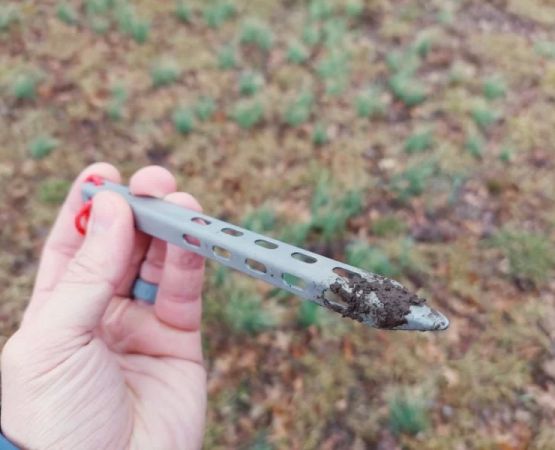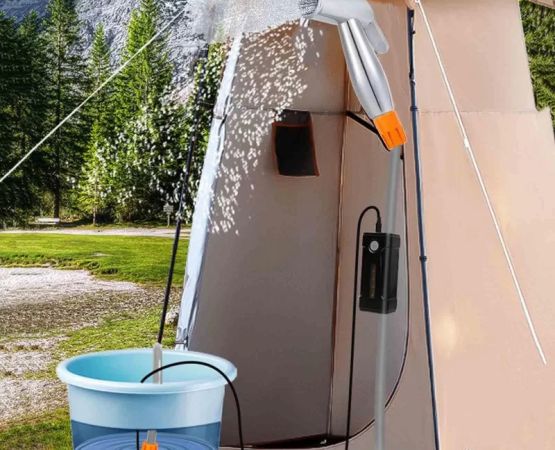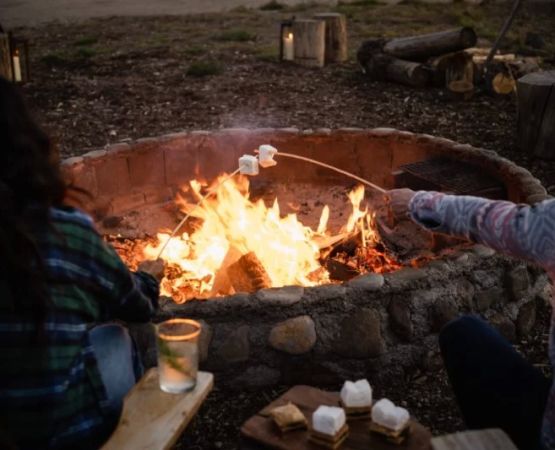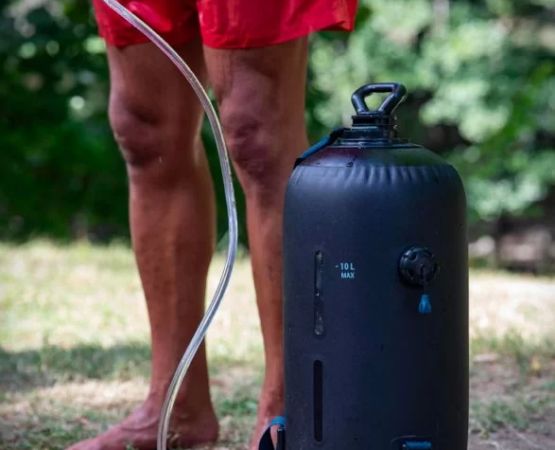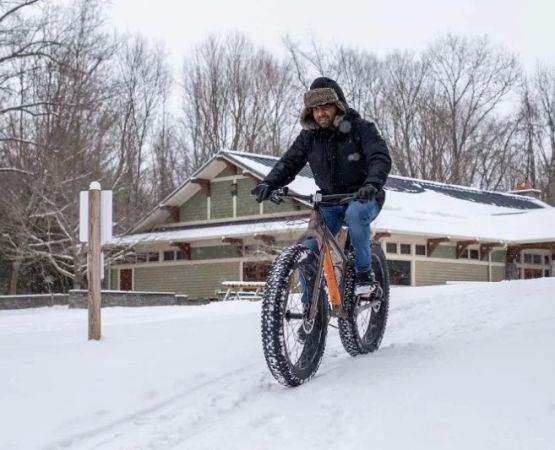- why-dome-tents-need-the-right-poles - Why Dome Tents Need the Right Poles
- material-matters-when-it-comes-to-tent-poles - Material Matters When It Comes to Tent Poles
- understanding-tent-pole-design-and-structure - Understanding Tent Pole Design and Structure
- real-stories-of-gear-failure-and-triumph - Real Stories of Gear Failure and Triumph
- smart-buying-tips-for-replacement-or-upgrades - Smart Buying Tips for Replacement or Upgrades
- shop-quality-dome-tent-poles-at-pine-cliff-resort - Shop Quality Dome Tent Poles at Pine Cliff Resort
1. Why Dome Tents Need the Right Poles
Ask any seasoned camper and they’ll tell you: your tent is only as good as the poles that support it. Choosing the right tent poles for dome tents isn’t just about size or weight—it's about structural integrity, wind resistance, and how easily you can set up camp before nightfall hits.
Dome tents rely on a crisscross pattern of poles to create their iconic arched design, offering superior wind deflection and interior space. But weak, bent, or mismatched poles can turn a weatherproof fortress into a saggy, flapping mess. The stakes are high—literally.
2. Material Matters When It Comes to Tent Poles
Tent poles come in a variety of materials, each with its own benefits and drawbacks. Aluminum poles are the go-to for many experienced backpackers—lightweight, durable, and resilient in cold temperatures. Fiberglass poles are more budget-friendly but can be brittle and prone to cracking over time.
For those prioritizing weight, carbon fiber is an ultra-light premium option, though it can be costly and less forgiving under heavy stress. Your environment should influence your choice. Headed to the Rockies in early spring? Go with aluminum. Car camping in mild weather? Fiberglass may do just fine.
It’s not just about weight—it’s also about performance under pressure. One camper from Oregon shared how her fiberglass poles snapped under the weight of early snow in a dome tent. “Lesson learned,” she says. “Now I don’t skimp on poles.”
3. Understanding Tent Pole Design and Structure
Most dome tents use either two or three main pole arches that intersect at the peak to distribute weight evenly. But not all poles are built the same. Shock-corded poles (those that fold and unfold with an internal elastic cord) are user-friendly and quick to deploy, but if the cord wears out, the whole system suffers.
DAC poles—used in high-end tents—are engineered for both strength and sustainability, reducing material waste while delivering high tensile strength. Some models even feature pre-bent poles that optimize headroom and stability, especially useful in windy conditions.
Don't underestimate connection points. Sleeves provide stronger structural integrity, while clips offer faster setup and better ventilation. Some dome tents now use hybrid systems for the best of both worlds.
4. Real Stories of Gear Failure and Triumph
In 2021, a group of hikers on the Appalachian Trail faced a brutal storm that tested every piece of gear. Two dome tents collapsed due to poorly chosen fiberglass poles, while a nearby group with aluminum-frame dome tents stayed safe and dry. “We were shaken but fine,” one hiker wrote in a blog post. “It wasn’t just luck—it was gear choice.”
On the flip side, a father-daughter duo camping in Utah used reinforced DAC poles with a four-way hub connection in their dome tent and withstood 60 mph gusts overnight. “We heard the wind howling, but the tent didn’t move,” the dad recalled. Stories like these make the case for thoughtful investment in the right gear.
5. Smart Buying Tips for Replacement or Upgrades
If you’re replacing poles or upgrading your tent system, start by checking compatibility. Measure both the length and diameter of your existing poles, and know your tent model details. Many manufacturers offer replacement poles specifically matched to their tents, but you can also find universal kits.
Prioritize multi-section poles that are easy to transport and adjust. Look for anodized finishes on aluminum to reduce corrosion. For DIY repairs, a good pole splint or repair sleeve can save your trip in a pinch.
And don’t wait for a trip to find out your gear isn’t working. Set up your tent at home after every season in storage. A quick 10-minute check can save you hours of frustration—or worse, exposure—out in the wild.
6. Shop Quality Dome Tent Poles at Pine Cliff Resort
When it comes to choosing the right tent poles for dome tents, quality, compatibility, and durability matter most. At Pine Cliff Resort, we offer a carefully selected range of tent pole systems designed for dome tents of all sizes and types. Whether you're upgrading to aluminum, switching to carbon fiber, or replacing worn-out fiberglass, we’ve got the gear you need.
Our staff can help guide you to the right solution based on your specific tent model and camping goals. We also stock emergency repair kits, custom-length poles, and full dome tent bundles. Don’t leave your comfort—or safety—to chance. Start your next outdoor adventure with confidence.



